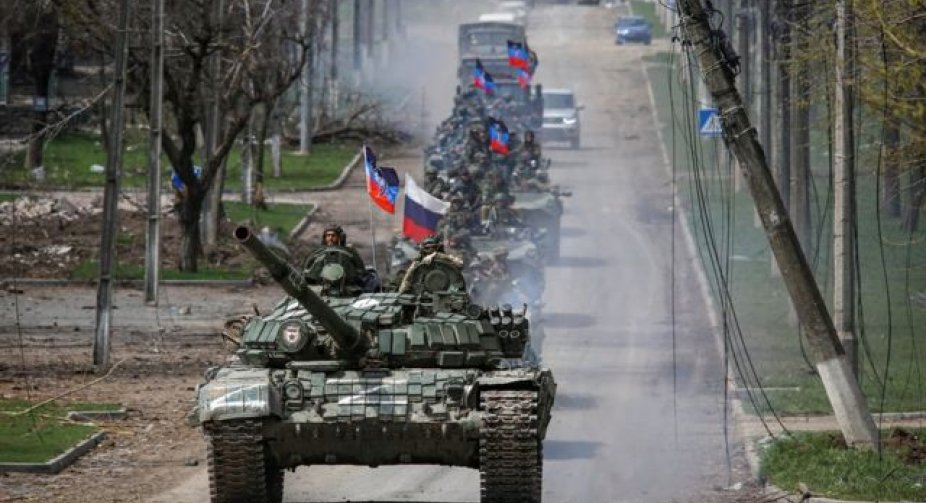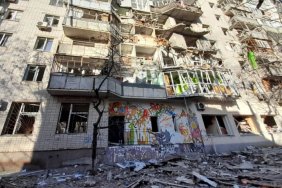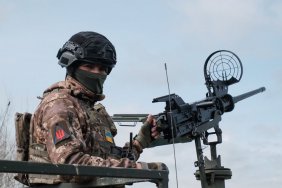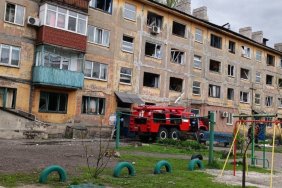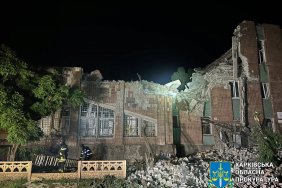Now the enemy is actively moving troops into the Kherson and Zaporizhzhia regions, but it is difficult to say yet whether for defense or offensive. Even if Russian troops are on the offensive, the AFU has enough forces and means to disrupt the enemy's plans. After all, the third phase of the war has begun, in which Ukrainian artillery is successfully operating. About this in a comment to UNN told the military expert Sergei Zgurets.
"Over the past two weeks, the rf has transferred to the Kherson and Zaporizhzhia regions a certain number of personnel from the Eastern Military District, airborne units and other areas, from Izyum and from Donbas. While there are now about 100 enemy BTGr in Ukraine, there are about 30 BTGr in the south, that is, about a third of the troops. But it is quite difficult to clearly determine the enemy's further actions. Even British or American intelligence says that it will either be a response to the Ukrainian military offensive and therefore there is a redeployment of forces, or it is an attempt to prepare for its own counteroffensive," Zgurets said.
In theory, Russian troops could move in three directions: Mykolaiv , Kriviy Rih and Zaporizhzhia. If there is movement to Zaporizhzhia, it could be in two directions, from the left bank of the Dnieper, where a significant part of the troops are now located, and from the right bank, where the most vulnerable groupings are located in terms of logistical support. And the movement to Zaporizhzhia is needed in order to ensure the safety of the troops from the right bank of the Dnieper.
"But all these are only theoretical assessments of possible actions of Russian troops, and to a large extent they are difficult to implement. In particular, because of the interrupted communication in the area of Kakhovka, which was the supply area for the Russian troops. I think more than one such action could be implemented by the Ukrainian side, even to the point of completely cutting off the logistics on the right bank of the Dnieper. Then the enemy will have the question of what to do with this grouping, and it is unlikely to talk about an offensive. In the coming weeks the question of what the enemy will do, whether to attack or look for options to exit the right bank zone, will be decided. It can be argued that the Ukrainian army has the capacity to block all the actions of the Russians," Zgurets noted.
The expert added that if the enemy decides to move towards Zaporizhzhia from the left bank of the Dnieper through Vasilievka, it will also have difficulties there. First, because of the well-fortified defense line, and second, there are opportunities to use Ukrainian aviation assets for strikes against Russian troops in this section.
"I think that this section of the front will really cause a lot of questions and interest. But in the near future it will be clear how exactly the situation will develop there. The task of our troops for now is to ensure the stabilization of the front line. There are still hot spots - in the Avdeevka zone, in the Bakhmut zone and in the Seversk zone. There the enemy is trying to probe our defenses and use the advantage of artillery. That is, the situation is still complicated. But the enemy does not manage to advance significantly. The greatest advance is observed in the zone of Bakhmut, for a month - by 10 km in some areas. In other areas there are no advances, especially in areas where our artillery is present. Now we are in the third phase of the war, where the use of the same "Khaimers" helps to implement the challenges of the Russian army, which used its superiority in artillery in narrow areas. As was the case, for example, in Severodonetsk and Lisichansk. At that time we did not yet have 'Khaimers,' and we gave up these cities because of the enemy's advantage in artillery," the expert added.
